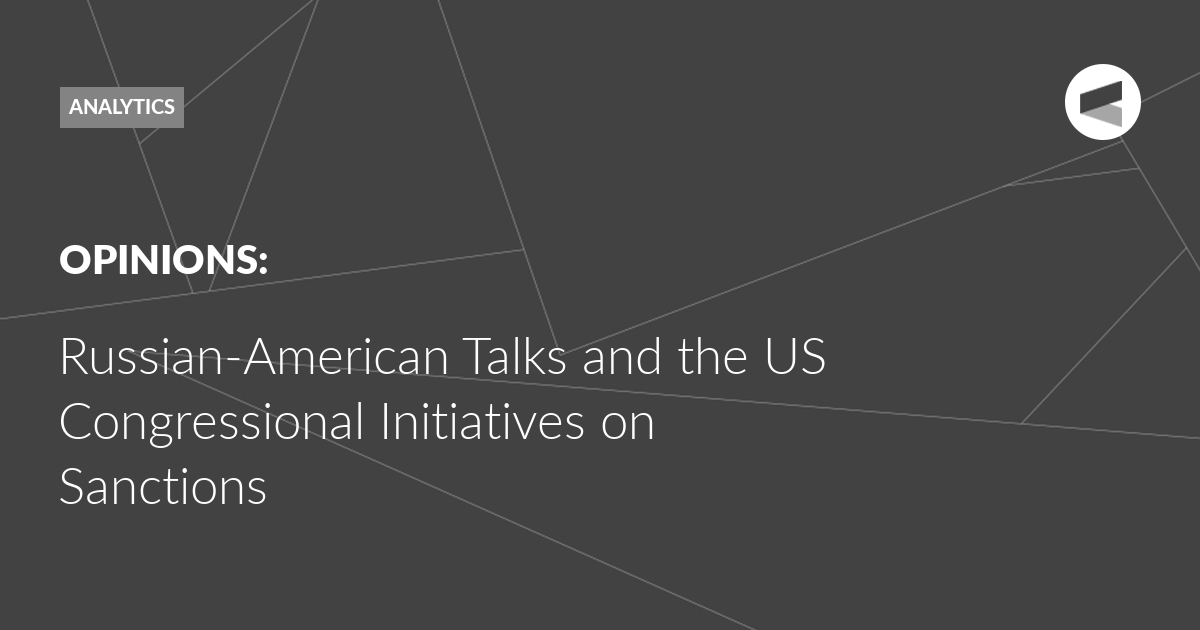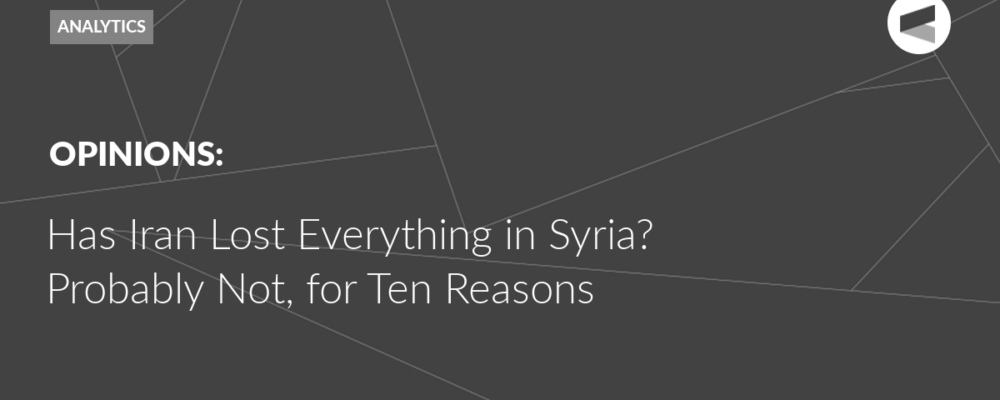However, in practice, such opposition has not yet been observed. Congress has not shown much activity regarding Russia, even at the level of bills. Since the beginning of 2025, that is, in less than five months, five bills have been introduced in both houses of Congress implying sanctions against Russia. For comparison, there are 10 bills against China and seven bills against Iran. We are talking only about bills that impose sanctions, not about reporting on them. On the Russian front, four bills were introduced by Republicans and Democrats together. Only one was introduced by a Democrat. This corresponds to long-standing practice, when anti-Russian bills on sanctions are introduced by representatives of both parties. On China, four out of 10 bills were introduced by Republicans, which also corresponds to long-standing practice – on the Chinese front, Republicans are more active. On Iran, three out of seven bills are purely Republican. But it should be noted that Republicans are generally much more active than Democrats on sanctions issues. Democrats introduce such bills alone much less often. Since the new year, there have been only four of them, while the Republicans have 20.
The most notable bill on Russia is H.R. 2548, which proposes sanctions for refusing to negotiate on Ukraine. A similar bill, S.1241, has been introduced in the Senate. Despite the volume and range of proposed sanctions, it contains little that’s new. For example, Article 5 proposes sanctions against senior Russian officials. But they are already under blocking financial sanctions. The same article proposes sanctions against foreign individuals who interact with the Russian armed forces, harm Ukraine, work in strategic sectors of the Russian economy, are “oligarchs,” are associated with the Russian government, are involved in causing harm to US citizens, undermine the integrity of the US, circumvent US sanctions, as well as individuals associated with the aforementioned individuals. But the administration has long had mechanisms for all of these points. The same can be said about sanctions against Russian financial institutions (Article 6). Most Russian banking assets are already under blocking sanctions. The same applies to organisations associated with the Russian government (Article 7). The existing mechanisms already allow them to be blocked. The same applies to bans on the movement of funds to and from Russia (Article 8). In the draft, this norm is more fundamental than in the mechanisms of the executive branch, but in fact, the movement of funds is already significantly blocked due to sanctions against banks. The ban on the listing of Russian companies in the United States is clearly excessive (Article 9), given that it is simply impossible to imagine it in the current conditions. The ban on investments (Article 10) has been in effect in the mechanisms of the executive branch since 2022. The same applies to the energy sector (Article 11). In its case, there are bans at the legislative level. The same applies to bans on transactions with Russian sovereign debt (Article 12), to some extent – the transfer of financial messages (Article 13) – SWIFT’s activities have long been transparent to the US authorities and the main provider of such services is unlikely to bypass sanctions. The ban on uranium imports is already enshrined in law (Article 14). The ban on import duties on Russia (Article 15) is clearly excessive given the sanctions already in force. The call to impose sanctions from the list in Article 235 of the CAATSA Act is equally excessive. The threat of duties on countries buying Russian oil, oil products and uranium (Article 17) stands out from this series. The White House has not yet used such a ban, apparently out of fear of destabilizing international markets and harming the United States itself. In the end, most of these mechanisms have long existed in the decrees of the US President. Their codification will complicate the de-escalation of sanctions, but will not provide a noticeable increase in escalation.
The remaining projects are less remarkable. Bill S. 1490 proposes sanctions against the Russian “shadow” tanker fleet. Such sanctions were actively used by the White House until Trump returned to office in 2025. The H.R. 476 bill threatens sanctions for participation in the construction of the Crimean Bridge and Tunnel. But here, too, the White House has long been ahead of the game. Even the 2014 mechanisms are applicable here. The H.R. 475 bill proposes sanctions for damage to the safety of the Zaporizhzhya NPP. But it is very difficult to imagine what new features the proposed restrictions could provide against the background of those already introduced against a wide range of Russian government organizations and officials. As in the above-described bills, these bills will not bring anything fundamentally new to the sanctions regime, although they will complicate possible de-escalation.
In conclusion, it is worth noting that the percentage of passage of sanctions bills is usually very low. Of the 55 bills in 2025, not a single one has been signed into law. Only one passed the House of Representatives – on sanctions against officials of the International Criminal Court. The rest have not gone beyond introduction in one of the chambers. More extensive data shows that less than 5% of sanctions bills pass. The likelihood of current projects passing seems low. However, it should be remembered that it is not only the issue of passing that is important, but also the inclusion of individual topics in the political agenda. They can begin to live their own life and be developed in new bills. In any scenario of Russian-American relations during the presidency of Donald Trump, the legislative framework of the sanctions policy towards Moscow will outlast the tenure of the current president by decades.
The Valdai Discussion Club was established in 2004. It is named after Lake Valdai, which is located close to Veliky Novgorod, where the Club’s first meeting took place.
Please visit the firm link to site






